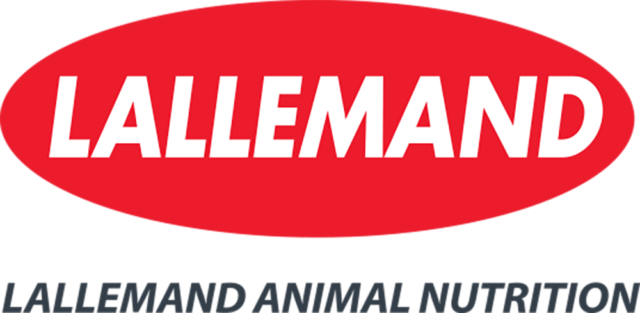Of course they are, and almost more so as more milk is needed to produce each of those products than it is when sold as fluid milk, thus creating a higher demand for farm production.
Too many times, people dwell on the declining consumption of fluid milk, but the increased consumption of all of the other dairy products has by far made up for those market losses.
In fact, as we enter 2019, it is incredible to see how many products can be created from milk. We have processing capabilities to extract a number of components from the fluid milk produced on farms. Those components can then be used to make a wide variety of products, some that don’t even resemble milk in the end.
One new example is Vodkow, a vodka distilled from milk permeate. The Dairy Distillery in Almonte, Ontario, uses only the sugar in milk or lactose to create an alcohol product that has been well received by the industry.
The primary goal for dairy producers is to produce quality milk for the processing industry. With efforts focused on doing this as efficiently as possible, it can be easy to think of it only as the creamy white fluid leaving the farm.
Unfortunately, another factor we face in 2019 is a growing confusion about food among consumers. With so many food and beverage choices on the market today, coupled with clever marketing schemes, it can be hard to distinguish between one product and another. Gone are the days when we can generalize that milk is milk, and everyone knows what we are talking about.
It is time to start talking about milk and other dairy products in terms of their beneficial components. Let’s keep pushing to market them based on their high values in protein, calcium, vitamins and other minerals. We need to talk about dairy in terms of what it can do for you.
Even in my own house, with my three young children, I discuss food based on its components. We talk about why it is good to have meals and snacks comprised of protein, healthy fats and a little fibre to fill them up. When they ask why, I say it helps them grow strong bones and muscles.
If the new food guide places dairy in the protein category, then as an industry, let’s talk about what makes it a great protein option. Let’s offer our many different dairy products high in protein to a consumer base interested in filling that category in their diet.
If people want to talk about the components in food rather than the food itself, it is time we follow suit. Especially since we know milk and other dairy products have just as many, if not more, healthy components than many other food and beverage options on the market today.
Don’t wait for national or provincial groups to lead the way. They have and will continue to do their part. Start talking about milk based on its components and how it fits in a healthy diet with your own family, your circle of friends and in community groups. Sharing your personal beliefs behind the product you produce tends to resonate better with today’s audiences anyway. ![]()

-
Karen Lee
- Editor
- Progressive Dairyman
- Email Karen Lee








